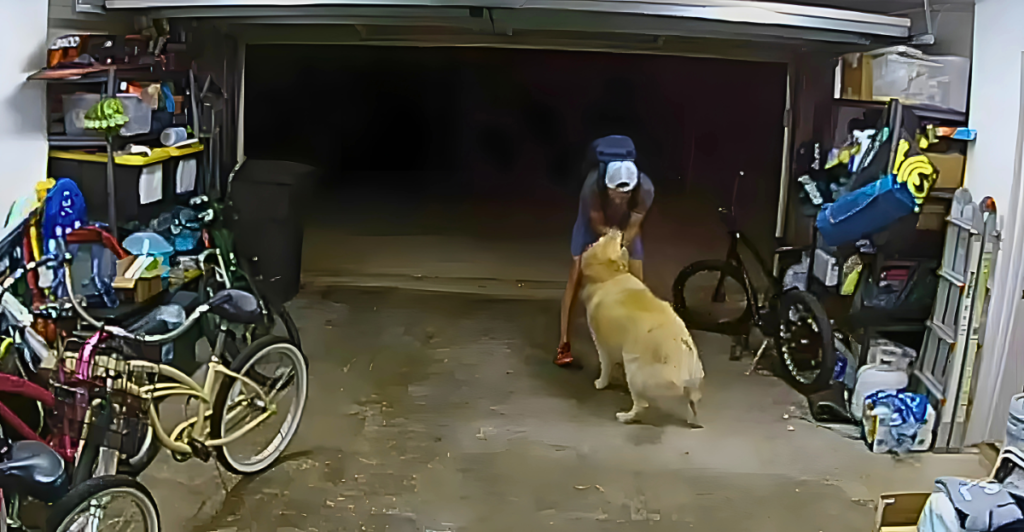
You might think that all dogs make good guard dogs, but some dogs aren’t cut out for the job. Despite their size or appearance, some breeds are too friendly, timid, or lazy to be the protector you might need.
1. Golden Retriever

This cutie is likelier to greet an intruder with kisses than a warning bark. These dogs were used for retrieving game rather than guarding property, and they are well known for their affectionate and gentle nature. Their intelligence and eagerness to please make them excellent family pets, therapy dogs, and service animals. However, when protecting a home, they’re more likely to try and kill an intruder with kindness.
2. Bassett Hound
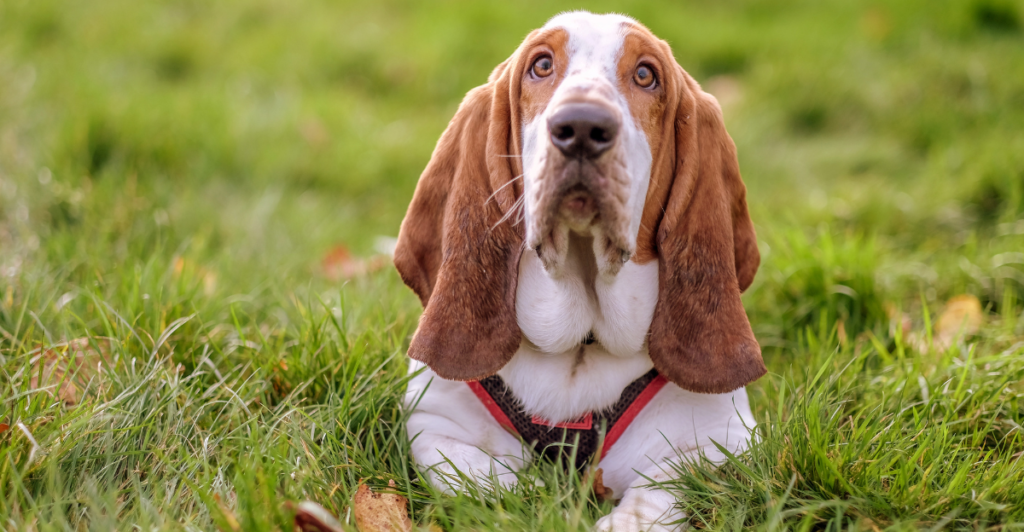
These pups are far better at napping than they are at guarding. First bred as scent hounds for tracking small game, these dogs focus more on following their nose than protecting a home. Their deep bark might sound intimidating, but don’t be fooled because they are famously friendly and unlikely to show aggression toward strangers. They’re just as happy lounging with a burglar as they are with their family.
3. Pug

This shouldn’t be your first or last pick if you’re looking for a guard dog. These dogs are known for their playful, affectionate, and sometimes mischievous nature, but they are more interested in snuggling up on the couch than defending their turf. They might go on a barking spree, but that’s as far as they’ll go.
4. English Bulldog
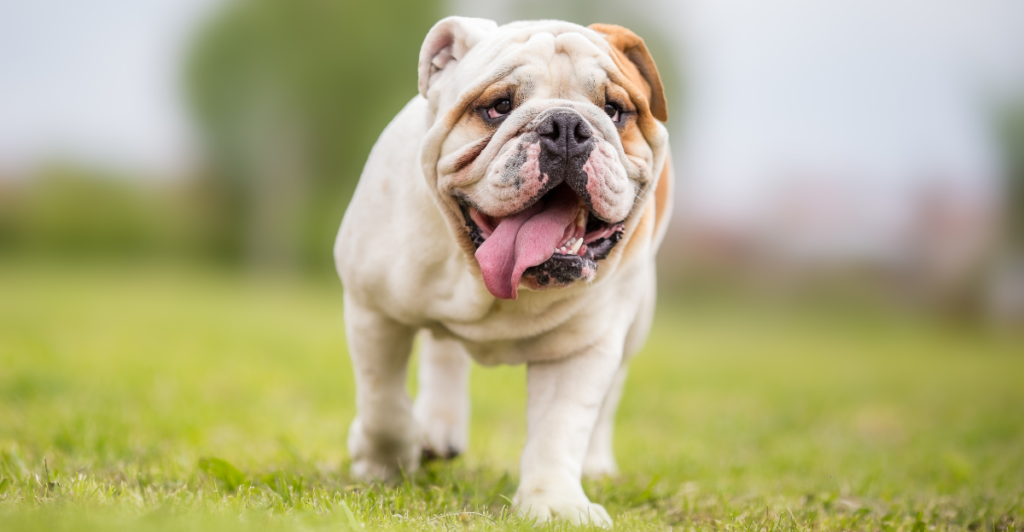
They might look intimidating, but they are far from a fierce protector. They’re known for being gentle and even a bit lazy, which means they’re not likely to put up much of a fight if an intruder comes your way. They might seem brave initially, but their calm and friendly demeanor makes them more of a cuddle buddy than a guard dog.
5. Beagle
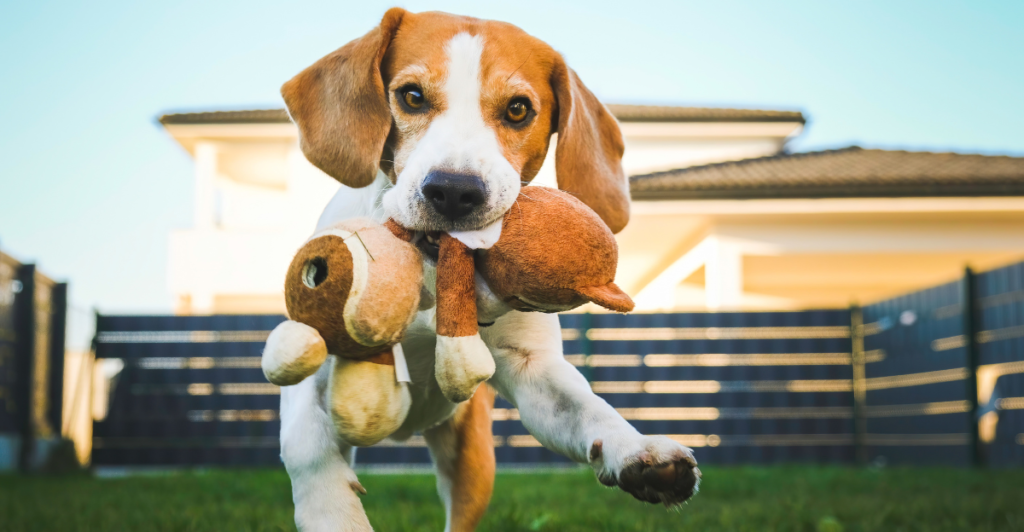
Well known for their keen sense of smell and friendly nature, these dogs might not be the best choice for guard dogs. They were bred primarily for hunting small game and are focused on tracking scents rather than watching for threats. Although they have a loud, distinctive bark, it’s usually a sign of excitement or curiosity rather than aggression.
6. Irish Setter
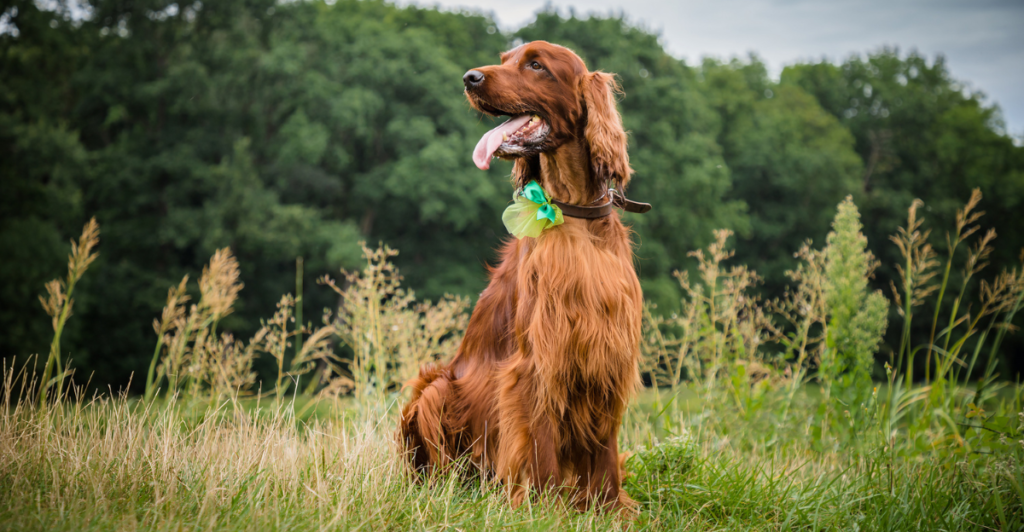
These energetic dogs are another excellent example of a lousy guard dog. Initially bred for bird hunting, Irish Setters focus more on chasing and retrieving than protecting territory. They can be alert and quick on their feet, but their instinct to befriend rather than defend makes them far better suited to family life than as a watchful protector.
7. Havanese

This small breed was initially bred to be a companion dog, and its affectionate, people-loving nature makes it perfect for that role. Known for being playful and social, Havanese dogs are more interested in cuddling with strangers than standing watch. While they are alert and may bark to signal an unfamiliar presence, their lack of aggression and preference for human interaction make them less than ideal for guarding duties.
8. Old English Sheepdog
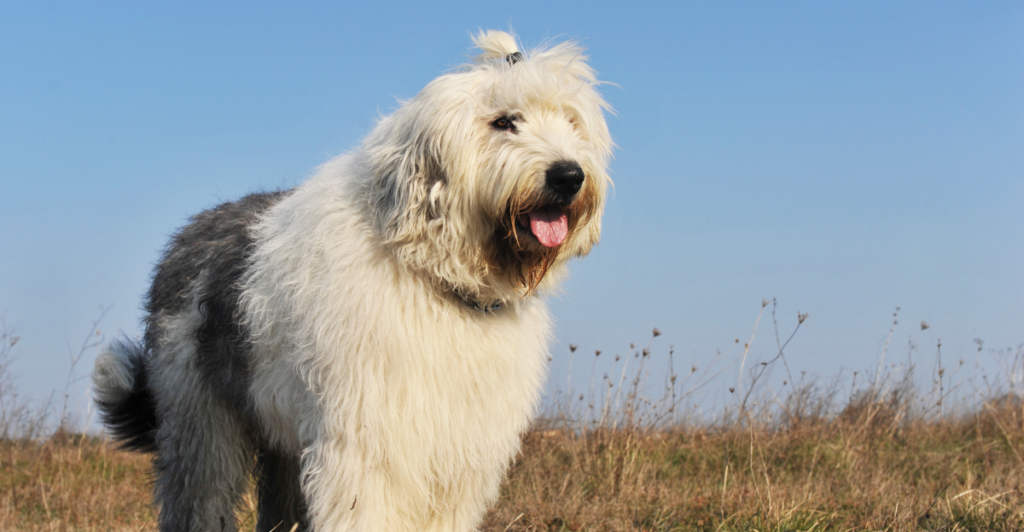
With its gentle demeanor, this shaggy-looking dog might look like a threat, but don’t let its size fool you—this breed is surprisingly bad at being a guard dog. While they were initially bred to herd sheep, their instincts lean more toward guiding than guarding. They are incredibly affectionate and loyal to their families, but when defending territory, they’re more inclined to greet visitors with a wagging tail than a warning bark.
9. Bloodhound
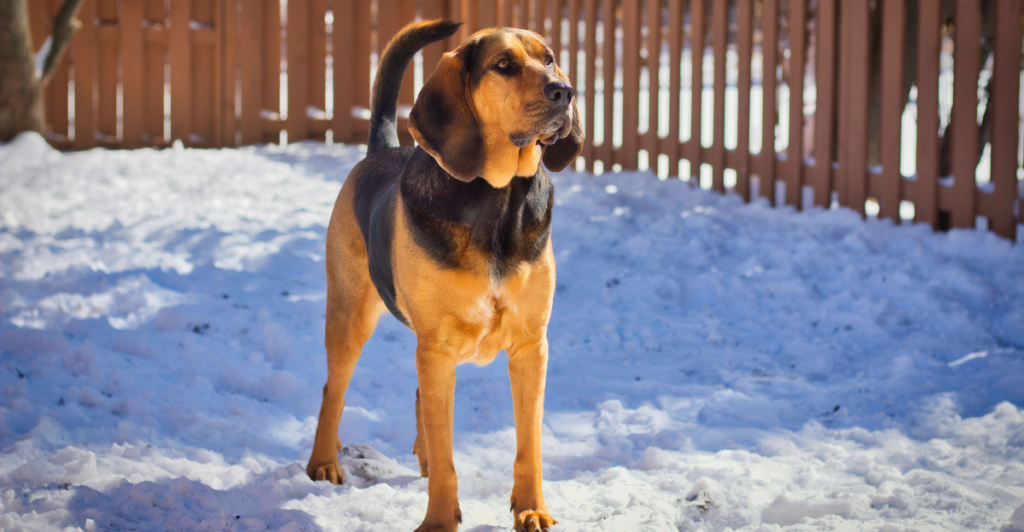
Despite their impressive tracking abilities and a strong sense of smell, Bloodhounds are surprisingly ineffective as guard dogs. Bred for tracking rather than protection, these dogs are more interested in following a scent trail than guarding a property. They may bark to signal something unusual; their instinct is to investigate, not defend.
10. Shih Tzu
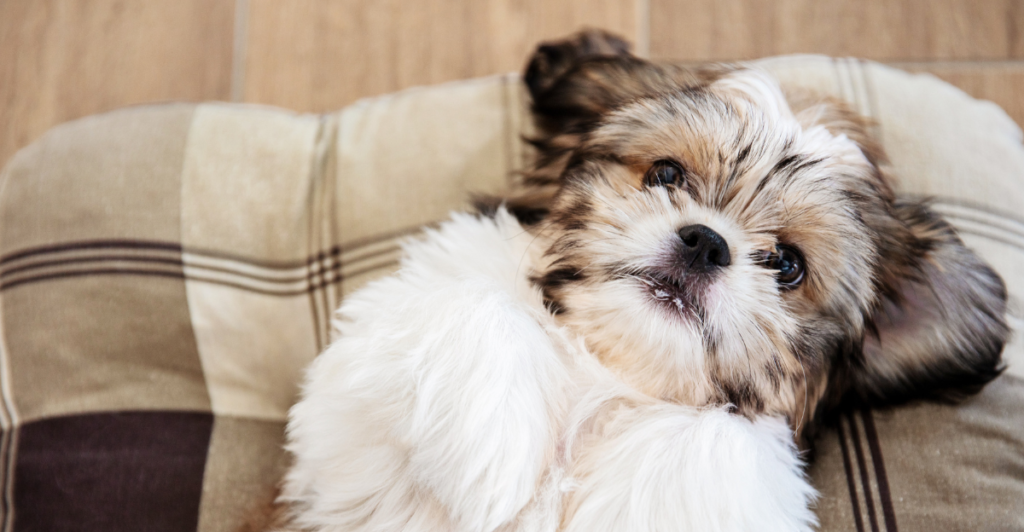
This cutie is more suited to be a lap dog than a guard dog. Bred to be a companion for Chinese royalty, these small but mighty dogs are known for their charm and sociability instincts. Shih Tzus are typically friendly with strangers, often greeting new faces with excitement rather than caution. While they may alert you to someone at the door with a bark, their instinct is more about seeking attention and affection than sounding an alarm.
11. Cavalier King Charles Spaniel
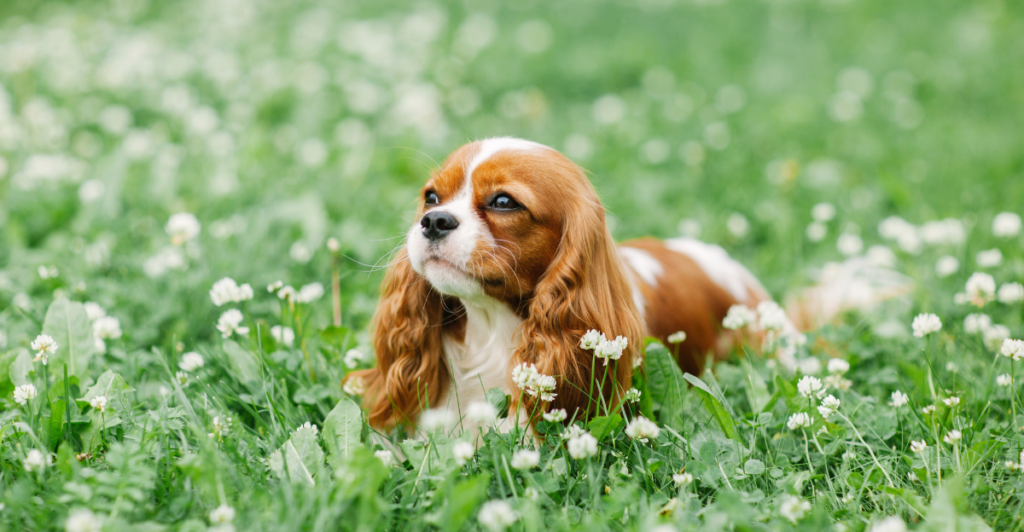
Bred as lapdogs for royalty, these dogs thrive on human companionship and are naturally friendly, even to strangers. Their gentle temperament makes them excellent companions, and they are more likely to greet an intruder with a wagging tail and a happy bark than with the fierce vigilance needed to act as guard dogs.
12. Labrador Retriever

Labs are often seen as the ultimate family dog, excelling in therapy, assistance, and hunting roles. However, when it comes to guarding, their social, non-aggressive temperament means they might not make for the best guard dogs. Labs love making new friends, so unless there’s a strong bond with their owner, they’re more likely to treat strangers as potential playmates rather than threats.
Discover more of our trending stories and follow us to keep them appearing in your feed

The 8 Scariest Dog Breeds and Why Some People Should Stay Away from Them
Top 10 Most Dangerous Animals Lurking In American Backyards
California Is Breaking Apart: A Fault Line Is Forming Faster Than Anyone Predicted
Bobcats Are Making a Comeback—And They Might Be Protecting Us From Disease
References:
Reference 1
Reference 2
This article first appeared here
Stay connected with us for more stories like this! Follow us to get the latest updates or hit the Follow button at the top of this article, and let us know what you think by leaving your feedback below. We’d love to hear from you!







